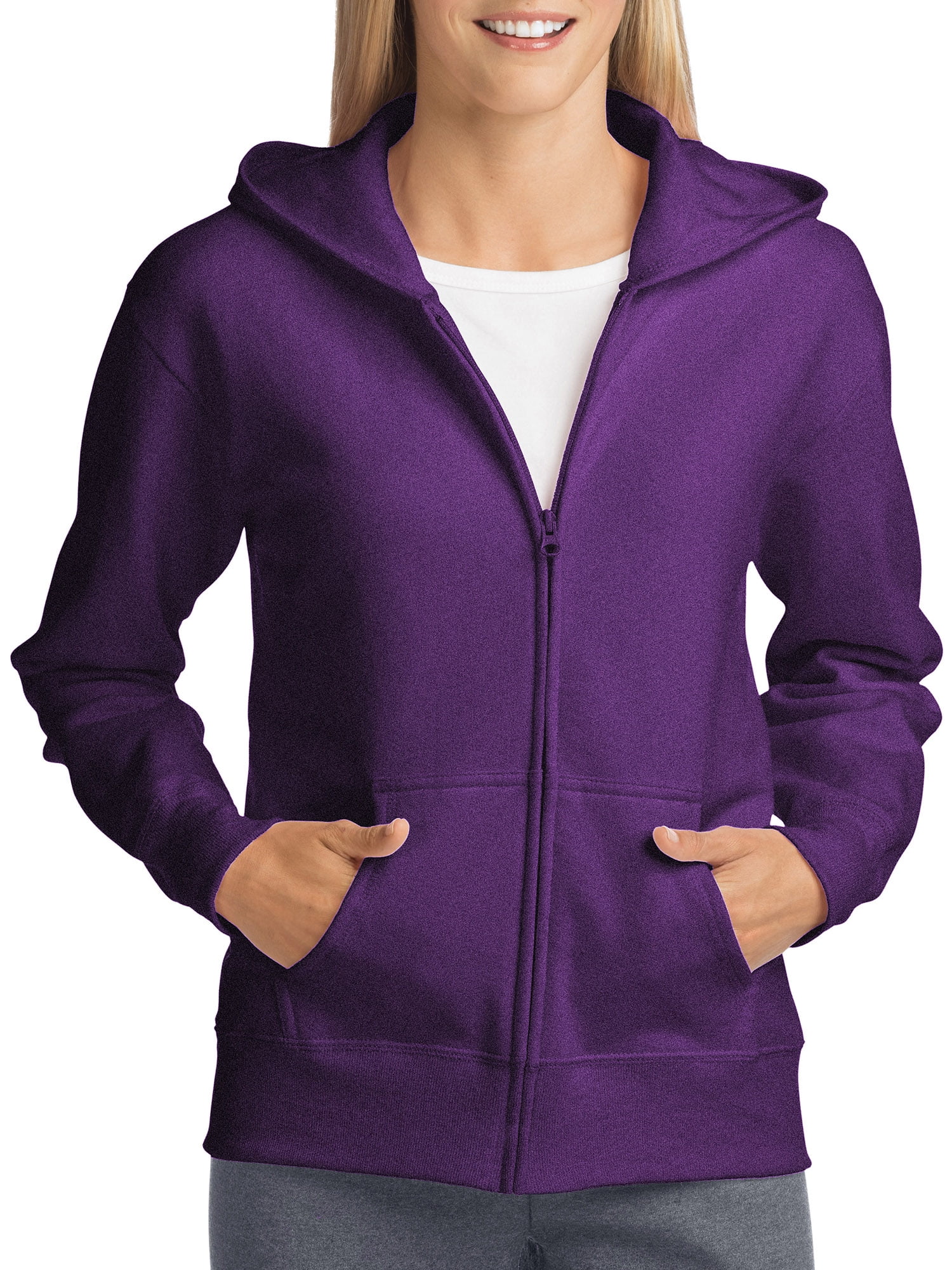Sweatshirts are long-sleeved tops that are composed of thick cotton. They are generally worn as casual clothing, and are not as formal as sweaters or cardigans. They do not usually have an or hood. If you're interested in buying a sweatshirts /"> sweatshirt , here are some tips:
Norma Kamali spread the appeal of sweatshirts
Since the late 1970s the Norma Kamali brand has transformed the simple sweatshirt into a work of art. Her designs are now an essential part of every woman's closet. Her distinctive designs vary from a tummy-tucking neck , to leather paneled sweatshirts. She also has created clothes with unusual forms, such as an oversized tank top that has long trumpet skirt.
The collaboration of the designers and the sweatshirt maker Everlast resulted in her Timeless collection, which was a huge hit when it was featured in Spiegel's spring 2006 catalog. The collection featured interchangeable and convertible knits with classic designs and many of the pieces were priced under $20. Even if Kamali's Timeless collection was not available in stores, buyers could still find these pieces through eBay or Poshmark.
Merino wool sweatshirt s feel more comfortable than sweatshirts made of soft wool.
Merino wool is renowned for its ability to remove moisture, which helps to keep you comfortable and dry. It is a natural fiber that also offers a more comfortable feel. It also drys quickly in comparison to other natural material. Furthermore, merino is a sustainable resource. The merino sheep shed coats each year and grow new ones.
Merino's weight-to-heat ratio is high, and the warmth of wool makes it popular for sweatshirts. It aids in controlling the body's temperature because of its loft which naturally retains heat between the fibers. This is the reason Merino wool sweaters are ideal for summer and outdoor activities like hiking, mountain biking, and running. The warmth it provides helps keep the wearer comfortable and dry. This is important when working out.

Zip-front hoodies come with kangaroo pockets.
Kangaroo pocket Hoodies are a well-loved style of hoodies. These hoodies have a large pocket at the front that keeps your hands warm during cold days. They are also more practical than traditional pockets because they permit the hands to slide in and out easily.
Kangaroo pockets are usually large enough to accommodate a wallet or some other small items for personal use. They are commonly large enough to accommodate a small hand, and can even be large enough to accommodate two hands. They feature wide openings on either side and are ideal for carrying small items.
French Terry fabric is a well-loved fabric for sweatshirts
The French terry fabric is made of soft yarns that are made into loops, and are usually mid-weight. It is also known for its ability to wick moisture and is already pre-shrunk. French Terry is an excellent option for sweatshirts since it will keep you warm when you need it and keeps your cool when you want to cool off.
French Terry is also a popular choice for casual wear, as it is stretchy enough and has enough flexibility to feel comfortable on your skin. It also allows enough air to circulate around the fabric, making it ideal for layering underneath other clothing. In addition, because it's lighter than other sweatshirts, you can wear it throughout the year without feeling too hot or cold.
Hoodies have classist connotations
Although it could appear that hoodies are an appropriate attire item for working class people, the reality is that they are a symbol of class. Hoodies first became popularized in the early 1970s , in New York, where graffiti artists would wear them to conceal their identities. In 1976 the hoodies made their big film debut in "Rocky," when the working-class title character wore hooded gray sweats on his famous climb up the steps of the Philadelphia Museum of Art.

Hoodies are frequently associated with destruction, death, and other undesirable items, yet they serve a practical purpose. For example, monks and priests may wear hoods to show the proper manner of dress and to focus on their inner self.
